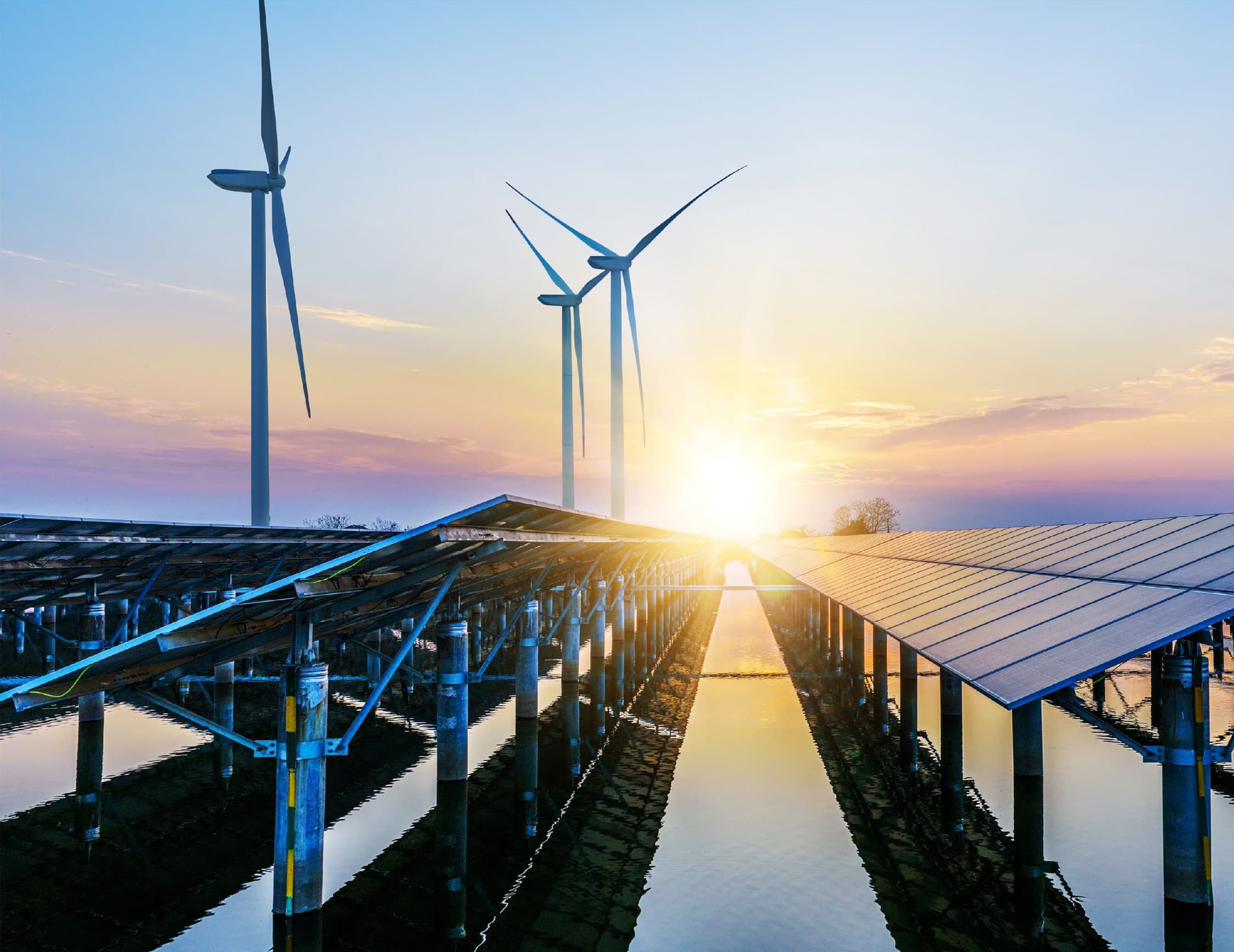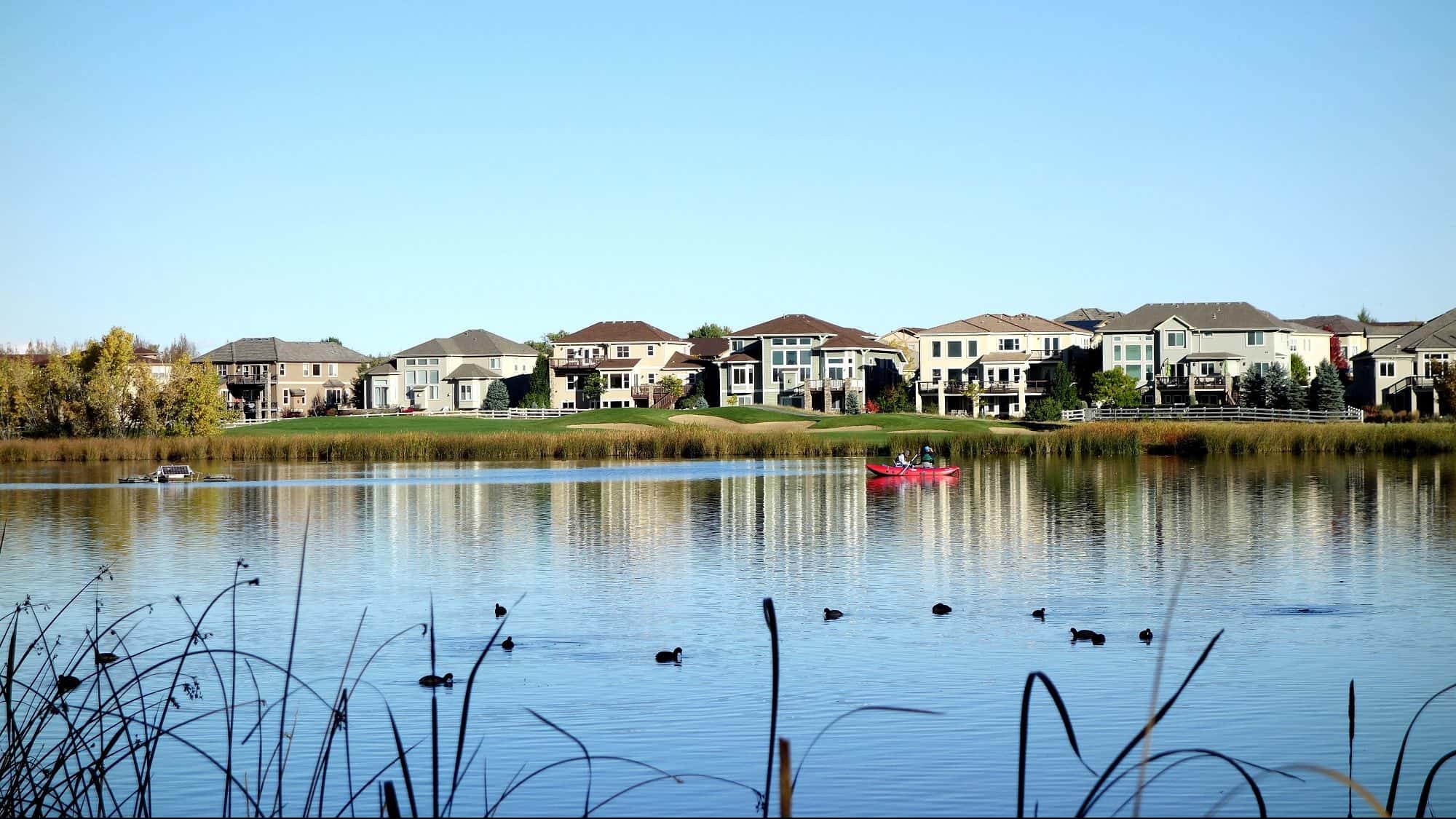Table of Content
Such a commitment can take advantage of large opportunities in U.S. homes, buildings, and schools to reduce energy use, save billions on customer energy bills, and reduce the need for new power supplies. Big changes are looming for how WNY residents heat their homes and operate their appliances. A new statewide energy plan being debated would gradually phase out the use of natural gas in homes and buildings, in favor of greater reliance on electricity.

Customer Incentives for Energy Efficiency Through Program Offerings.This brief summarizes the approaches used by energy efficiency program administrators when assessing the range of financial and other incentives to be used in energy efficiency programs. TheState and Local Energy Efficiency Action Networkbuilds on the great progress made by the Action Plan and offers resources, discussion forums, and technical assistance to state and local decision makers as they provide low-cost, reliable energy to their communities through energy efficiency. Environmental groups say the plan will help kick-start more renewable energy business activity in the state, while also creating better air quality and health for residents. And by 2040, between 111 gigawatts and 124 gigawatts of total generating capacity will be needed to support the climate law's mandate of an emissions-free grid, roughly three times the current capacity of 37 gigawatts, according to the New York ISO. About 90% of the homes in the Buffalo Niagara region are heated by natural gas – a fuel source that despite the steep price increase in heating costs this winter is generally much less expensive to heat with than today's conventional electric heating systems. Here are answers to nine common questions aboutthe 300-page document, based on a Buffalo News review and interviews with five local and national policy experts.
Establishing and Implementing Effective Efficiency Programs
Homeowners and businesses that rely on natural gas or oil would have to switch to zero-emission appliances like furnaces, stoves, dryers and hot water heaters, beginning in the not-too-distant future. The plan instead would require homes to install a zero-emission system like a heat pump, which is more energy efficient, but costs more than a conventional heating system. The target date was initially the start of 2024 but was pushed back by one year. • Starting in 2025, newly built homes in the state would not be allowed to install equipment powered by oil, natural gas or propane for heating, cooling and hot water.

We'll be excited to see those folks not only receive the training, but be placed in permanent positions upon the successful completion of their training. Scott+Scott has extensive experience in competition damages claims in the UK, including collective actions. A number of the world’s largest power cable manufacturers conspired to manipulate the price of the high-voltage cables sold to electricity network operators.
Answers to 9 questions on New York's draft climate plan
Additionally, we have now completed eleven of the 35 actions and have made significant progress towards the completion of the remaining actions. Eleven of these remaining actions will require changes to the Energy Performance of Buildings Regulations 2012 (‘EPB Regulations’) and we are working towards publishing a consultation on the Regulations in 2022. Electric vehicles are a major driver for reducing the use of fossil fuels and reducing costs of transportation. Transitioning to EV fleets will happen as better charging infrastructure is deployed and low-cost, low-carbon renewable electricity burgeons. Reuters has issued a ten point action playbook to encourage energy efficiency by industrial consumers, which will benefit both energy suppliers and end users. Energy guru Jeremy Rifkin called energy efficiency “negawatts”, that is the watts that are not produced because they are not needed to accomplish the end goal.
"This is ultimately going to impact every New York household and business, I think in a positive way," said Conor Bambrick, director of climate policy for Environmental Advocates NY. "It's not going to all going happen immediately. It's going to happen over time." The proposed changes would radically alter the way New Yorkers heat their homes, cook their meals and wash their clothes. In many cases, meeting the new rules would require costly and extensive upgrades to heating systems and duct work.
Your key to energy independence is moments away.
So by participating in the American cities climate challenge, this has really enabled us to accelerate our work to learn from the work of peer cities, and to make sure that we can pivot quickly in this really challenging time that we're in right now. We're trying to reduce greenhouse gas emissions at a pace that is aligned with the Paris Climate Accord. And so that's to reduce emissions by a significant amount by 2050 in order to avoid some of the more catastrophic impacts of climate change. So this reality that we're living in right now, it really requires us to double down on the goals that we've set for our city to address climate change, to become a low carbon city. Those goals that were unanimously passed through the Strategic Energy Action Plan in 2018.
Eleven of the remaining proposed changes will require changes to the EPB Regulations, and we are working towards publishing a consultation on the Regulations in 2022. Gridly aims to keep you informed on all the latest industry tips and trends that lead to a more renewably-charged energy existence. We'll assemble relevant, real-time information about your home to compile energy conversion options specifically catered to your residence. More connected technology, including smart devices, modern sensor systems and the IoT can bring greater efficiencies over all sectors of industrial operations.
Analysis shows that energy use has increased faster than population in the past five years, so achieving a 1.5% annual reduction is an ambitious goal. Energy-efficiency projects assisted by GCE to date are shaving $2.3 million annually off the county’s collective energy bill. Achieve at least 12% energy savings by 2030 over a 2019 baseline, requiring at least 1.5% savings per year.

Energy Action Plans make up one component of a complete Climate Action Plan, but they can also function as a standalone plan. Utility Best Practices Guidance for Providing Business Customers with Energy Use and Cost Data.This guidance summarizes the context; current state of utility practices; and the customer, business, and policy cases for providing customers with consistent, standardized energy use and cost data. It provides a simplified tool to demonstrate the business case for energy efficiency from the perspective of the consumer, the utility, and society. It can be adapted to apply to various utility structures, policy mechanisms, and energy growth scenarios. Energy Efficiency as a Low-Cost Resource for Achieving Carbon Emissions Reductions.This report summarizes the scale and economic value of energy efficiency for reducing carbon emissions and discusses barriers to achieving the potential for cost-effective energy efficiency.
But as we start to look out towards our community and look at residential buildings in particular, one thing that is really clear is that we have residents like in many cities that are cost burdened, or what we call energy burdened. And this means they're paying a large portion of their income on utilities that specifically energy, we'll need to keep that in mind as we look towards some of our next steps to become low carbon. So taking on these goals has been a huge challenge and we have accomplished a lot over the last year and a half especially over the last several months as you can see. Since consumers pay for the cost of high-voltage power cables as part of their electricity bills, we allege that the cartel made consumers’ bills higher than they should have been.

These benefits can be increased by ramping up programs to reach more households and businesses, focusing on local job creation and workforce training, and working with state partners to address any negative impacts resulting from energy transitions. While emissions from electricity use are falling, natural gas emissions are still rising. Once there is a solid understanding of the energy consumption and flows, it’s time to set goals that the Energy Action Plan will work towards. These can include broad objectives meant to guide future policy decisions as well as specific energy reduction targets that are compared against the energy baseline. Coordination of Energy Efficiency and Demand Response.This paper summarizes existing research and discusses current practices, opportunities, and barriers to coordinating energy efficiency and demand response programs.
A forthcoming consultation on the EPB Regulations will seek views which will be used to inform our future domestic policy and will allow us to make those more complex changes requiring legislative changes. Heating and powering buildings currently accounts for 40% of the UK’s total energy usage. In 2018, heating and powering homes accounted for 22% of all greenhouse gas emissions in the UK. The UK has set in law a target to bring its greenhouse gas emissions to net zero by 2050 – one of the most ambitious targets in the world. Since 2010, Garfield Clean Energy has been an innovative leader in advancing energy efficiency, renewable energy and clean transportation to protect the environment and build a strong, resilient and diverse economy. With the help of Xcel Energy Partners in Energy and CLEER, GCE is working to update the countywide Energy Action Plan that has guided its programs and services since 2017.

To meet our aspiration for as many homes as possible to reach EPC Band C by 2035, an increasing number of policies are likely to rely on EPCs in the future and we have been considering the actions which could support policies to achieve this. We have been considering the actions in the Plan and how best to engage consumers and third parties to enable them to better understand how a building is performing and how they can make improvements that will be appropriate to them and to the property. A qualified energy assessor uses government approved software to process information that has been collected about a building and its installed heating, lighting, ventilation, and air conditioning systems to produce an overall rating of A to G or A+ to G (for non-domestic). The annex includes the report in tabular form with the actions listed in the order detailed in the original plan for use as a reference to this document. One year on since the publication of the Plan, we have either met or exceeded the target commencement dates for all actions.
This is a necessary first step for creating a more flexible EPC system and allow EPCs to be updated in response to changes in a building. Ongoing We have considered the options and feasibility of allowing EPC lodged data to be updated on the Register following changes to a building. We are investigating a number of issues that would require resolution to allow this. In particular, we will investigate storing the SAP input data on the Register which is gathered during EPC assessments and is subject to data protection policies. These, and other considerations, mean that updating EPCs already lodged on the Register is a fundamental shift for the energy assessment industry and the Register. This will require major development and would require changes to EPB Regulations around access and amendment of lodged EPC data.























